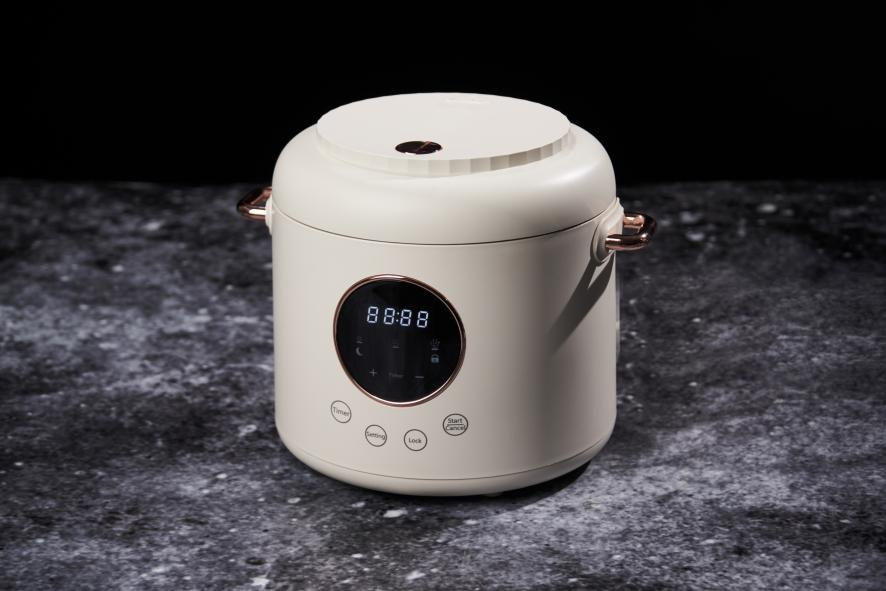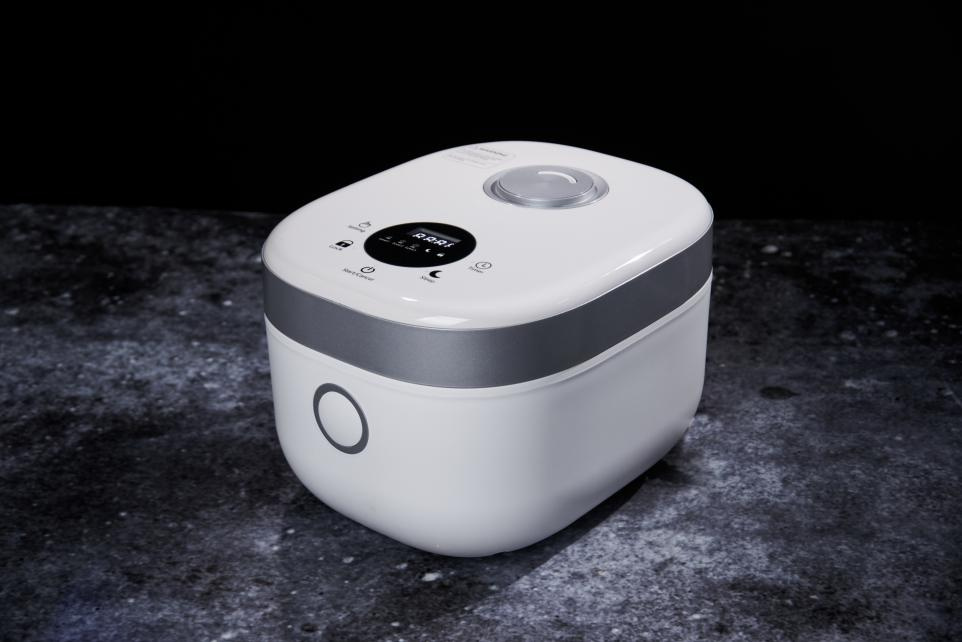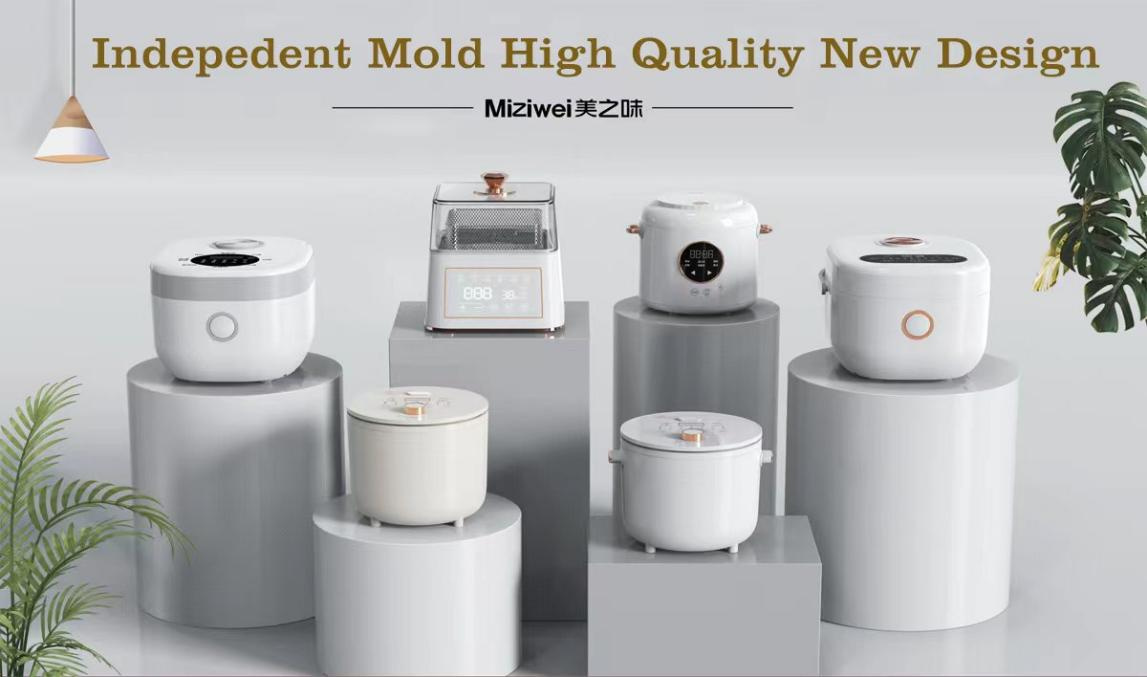Heating Humidifiers Protect Your Health and Home
If you've ever wondered what the point of a heating Humidifier is, consider the amount of time you spend inside with the heat cranked up during the winter. If your indoor air dries out too much, you might notice that the stairs start to squeak, or there is a sudden bounce in your home's floor. Maybe the joints on old wooden furniture feel loose, or you get shocked when you touch a door knob. Worst of all, you might notice that your throat feels scratchy or your sinuses feel raw. Read on to learn about how to combat dry air in your house and discover the benefits of using a heating Humidifier in the winter.
Why Use a heating Humidifier?
One important reason why to use a heating Humidifier in winter is to protect your property. Heating homes and offices can dry out the air to the point where it pulls moisture out of everything. Structural beams and posts can shrink and wander out of position, causing your floors to sag. Beautiful hardwood floors, molding and valuable heirloom antiques can be ruined by low indoor heating Humidity. Dry indoor air also increases the buildup of static electricity. That same phenomena that makes hair frizz and jolts you when you touch a doorknob can also damage sensitive electronic gadgets and computer components.
Heating Humidifier Health Benefits
Among the most important air heating Humidifier benefits are their ability to help mitigate winter illnesses. Heated humidifiers can heat water up to 100 degrees Celsius to act as a sterilizer.Some people experience swelling and discomfort in their airways. This is because air can dry out a person’s nasal passages and throat. Heated humidification can help reduce the irritation caused by dry air and can provide a more comfortable night of sleep apnea therapy with the Heated humidifiers. Humidification can also help reduce snoring by allowing air to move freely through the sinuses.
Heated humidifiers can help prevent dry, scratchy throats by moistening and lubricating your mucous membranes. This prevents clogged airways and helps you sleep with fewer interruptions.Dry indoor air not only makes you feel uncomfortable, but it can also make you sick. Breathing passages in your nose and lungs can dry out, causing irritation that can easily lead to nose bleeds, sinus infections and dry eye. Also, people tend not to feel thirsty during cold weather and so don't drink as much water as they do when temperatures are warmer. Consequently, all that dry indoor air is constantly drawing moisture from your body. This can lead to chronic low-level dehydration that can reduce your productivity with dry skin, fatigue, headaches, mind fog and joint pain.
Reduce Your Heating Bills
One more benefit of heating Humidifiers is their ability to help you reduce your heating bills in the winter. While heating Humidifiers don't literally warm the room, water vapor holds more heat than dry air. As imperceptible as it seems, you can actually feel that heat on your skin. When you feel warm and comfortable, you can save money by turning down your thermostat by an extra one or two degrees, and reducing your thermostat by one degree over eight hours can save one percent on your heating bills.
How Much heating heating Humidity Do You Need?
Controlling how high the heating Humidity goes is an important factor to consider when harnessing the benefits of a heating Humidifier. If your heating Humidifier is unable to self-regulate its output, it can actually make the air too humid. When heating Humidity levels get above 55 to 60 percent, the moisture in the air can cause condensation problems as well as spread mold and mildew. You can avoid these problems by maintaining the heating Humidity in your home at about 35 to 45 percent.
Choosing a heating Humidifier for Your Home
Heating, ventilation and air conditioning systems (HVAC) can circulate humid air throughout your home or office to reduce or eliminate these potential problems. The trick is to choose the most effective heating Humidifier. While portable heating Humidifiers offer an inexpensive solution, they are best suited for single room use and are too small to effectively humidify an entire home. Even if your HVAC system can pull some of that heating Humidity out and circulate it, chances are good that most of moisture will remain in the room where you place the heating Humidifier. Portable heating Humidifiers are smaller than whole-house heating Humidifiers, requiring frequent filling and frequent cleaning. Their smaller motors are also made for shorter periods of continual use and consequently can have a more limited lifespan.

How to Automate Your Home Humidifying System
The easiest and most effective way to maintain optimized heating Humidity levels is to use a whole-house bypass heating Humidifier that monitors and controls your home's relative heating Humidity. A typical whole-house bypass heating Humidifier is fitted over a hole cut into the return air duct. The heating Humidifier holds a pad or similar wicking media over the hole (other types include misting and ultrasonic heating Humidifiers). A small water line from the plumbing system brings water to moisten the pad. Water flow is regulated by a low-voltage electronic valve and a humidistat that measures and maintains the relative heating Humidity according to the user's control settings. A short air duct from the supply side (near the plenum) brings warmed air into the heating Humidifier. The warmed air flows through the pad and into the return duct, carrying the moisture throughout the home.
A whole-house bypass heating Humidifier fitted onto an HVAC forced air system can evaporate large amounts of moisture into the air (sometimes between 12 to 17 gallons of water per day) and circulate it throughout your entire home. Systems like this run automatically all the while effectively maintaining the relative heating Humidity in the best range for comfort.

Keep Your heating Humidifier in Peak Condition
heating Humidifiers should have yearly maintenance to keep them functioning. For example, this can mean cleaning lime-scaling from the wicking media, replacing worn out wicking media or de-scaling misting nozzles. The best time for a health check on your heating Humidifier is just before heating season begins in autumn, during your professional furnace maintenance visit. With a little attention in the fall, your heating Humidifier will help protect your property and your health all winter long.

● Welcome to inquiry us by
Post time: Aug-06-2023









